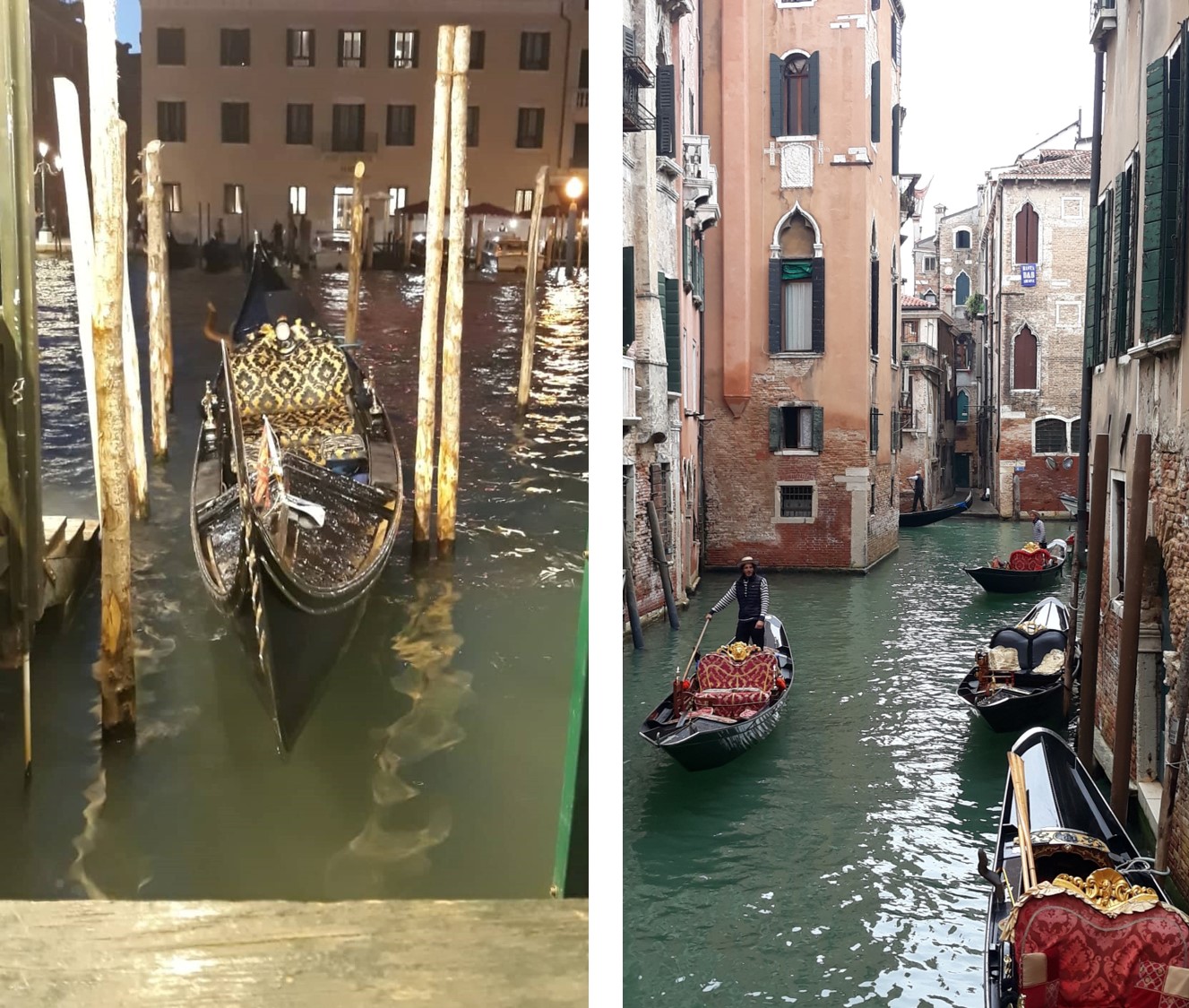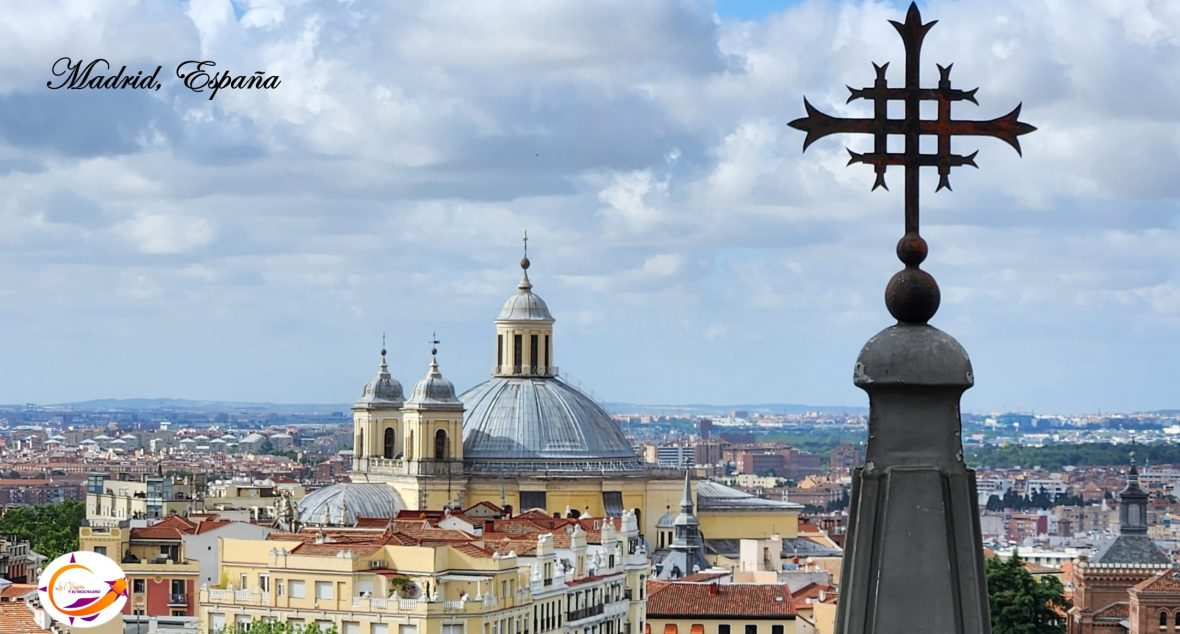The city of Venice, Italy, was founded on an archipelago in the northern part of the Adriatic Sea in the V Century. Its foundation stems from the need to escape from the constant invasions and raids of the Germanic barbarians. The Venice Lagoon would become the moat that would protect them from such attacks. Thus each island that makes up the archipelago would become a kind of fort or fortress.
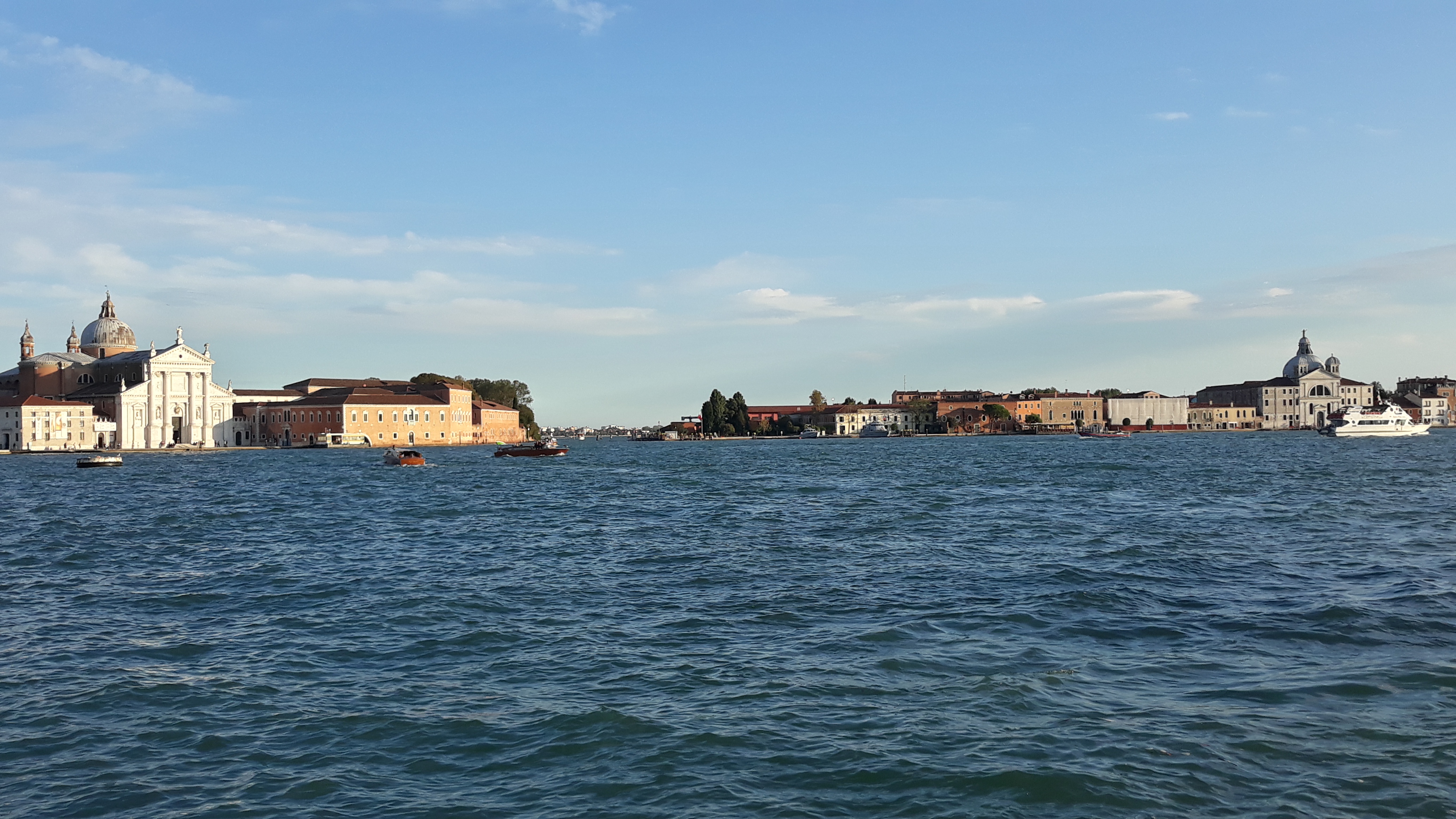
The historic center known as Venice, is made up of 118 small islands. Although today they are interconnected through more than 400 bridges, this was not always the case. Navigation through the canals and side rivers would be the easiest way to move people and goods.
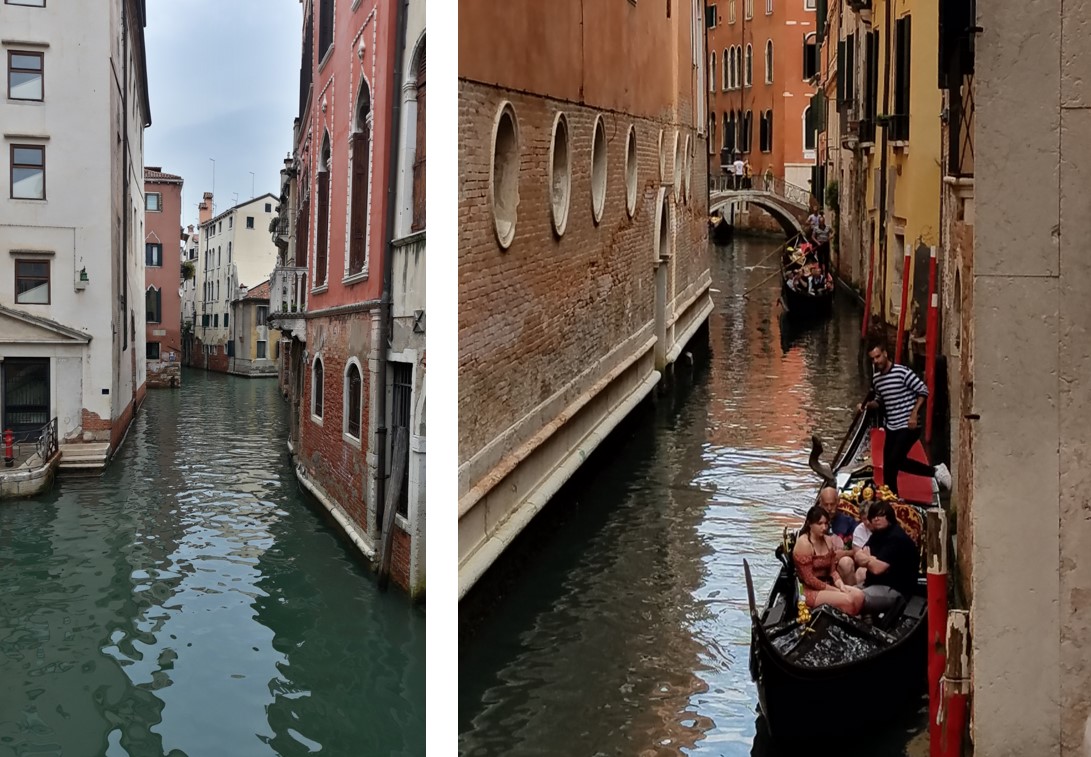
These waterways have very variable sizes, which is why the model of the gondola was developed. The shape of this type of boat, long and narrow, allows the propulsion of the same using only one oar. It also limits contact (Resistance / friction) with water over which it floats on.
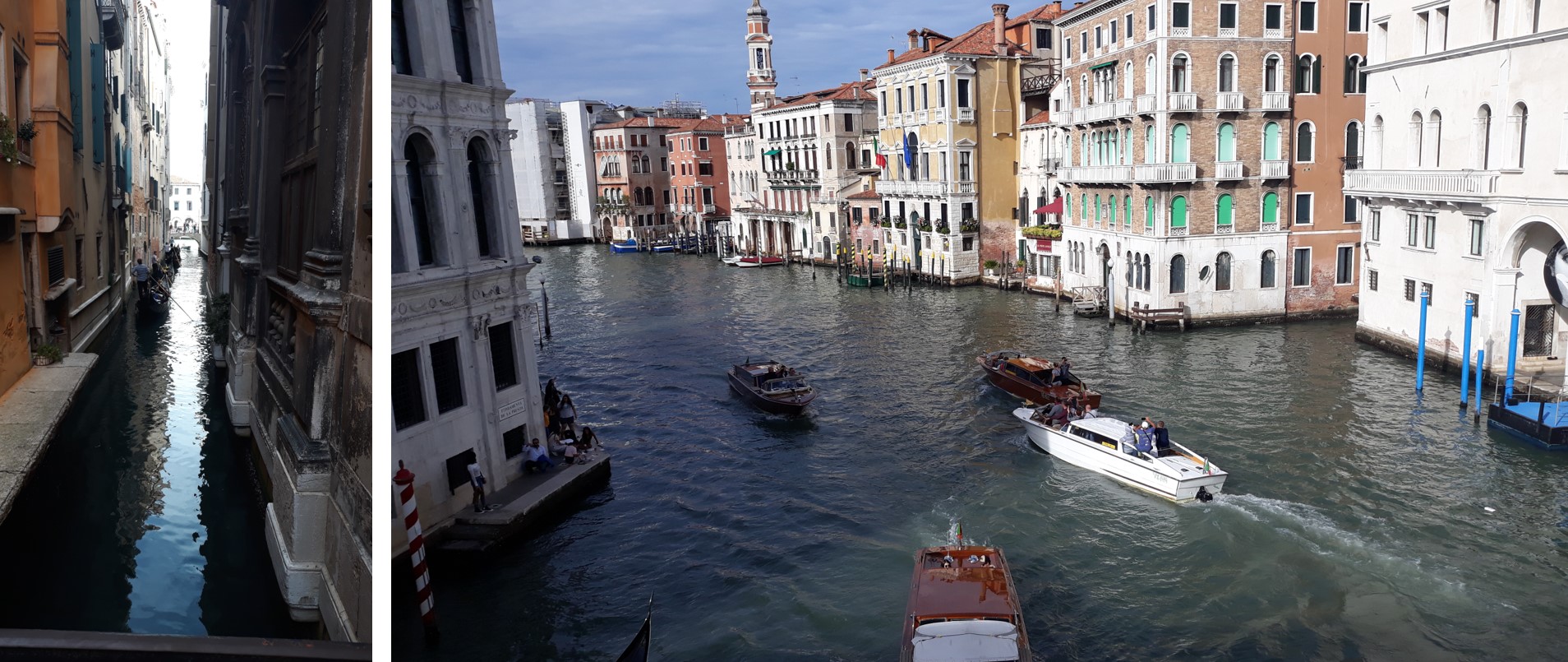
The main channels of Venice are the Grand Canal, the Giudecca and the “Rio del Palacio” (natural border between San Marco and Castello). Today, the waterways of Venice are traveled by motor boats, vaporettas, water taxis, etc.
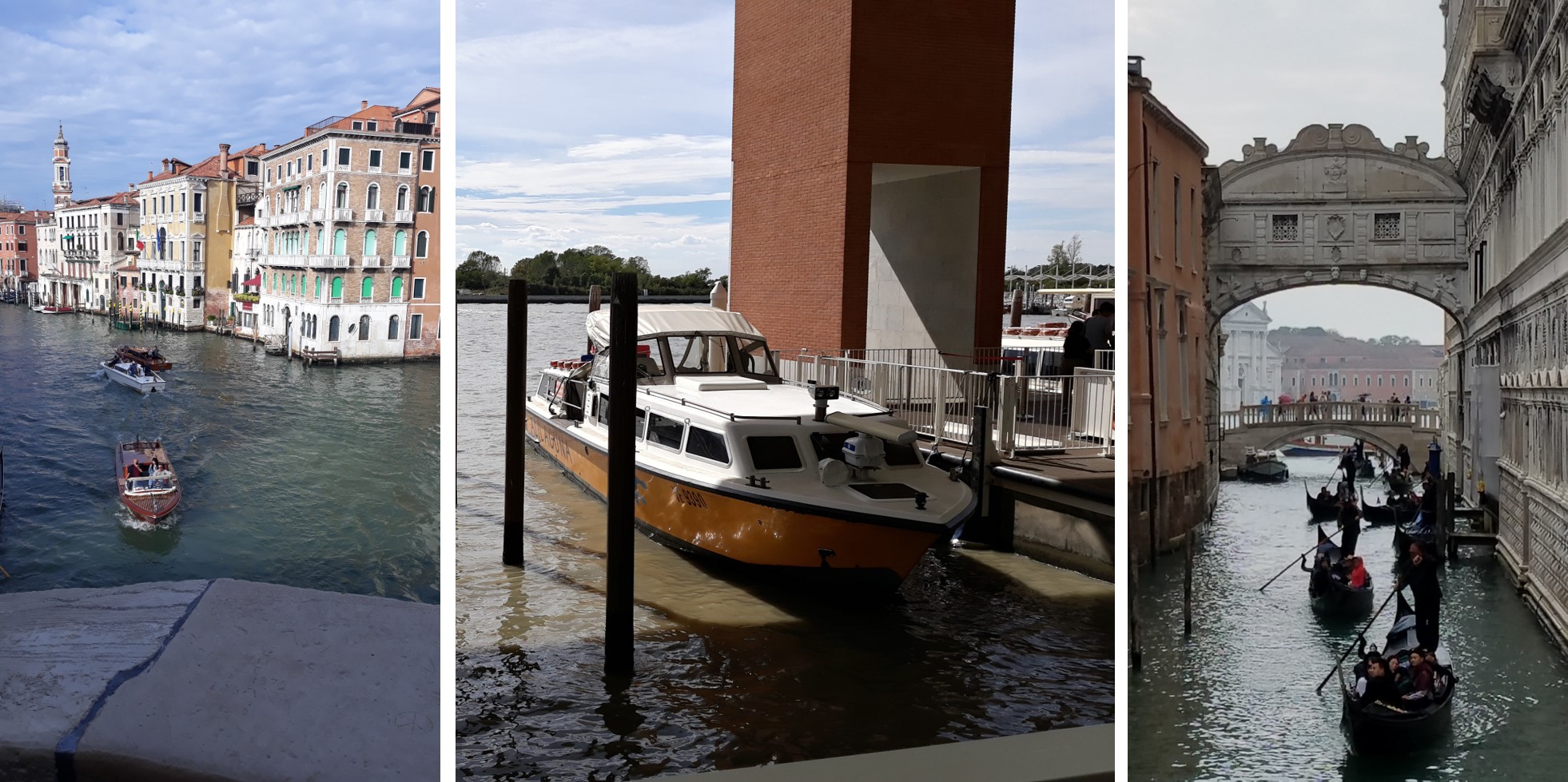
Among the icons of Venice, we will always remember its channels, its gondolas and the maneuvers of its gondoliers that pleased the demands of those desiring a great ride.
